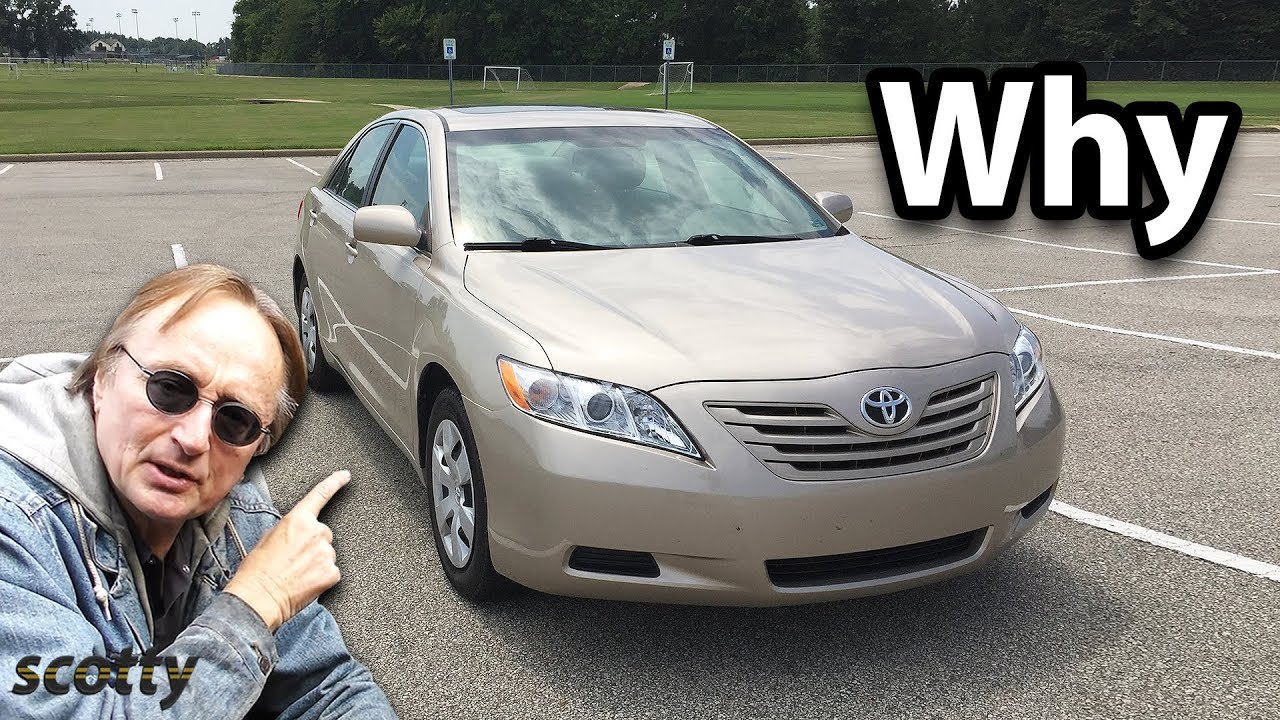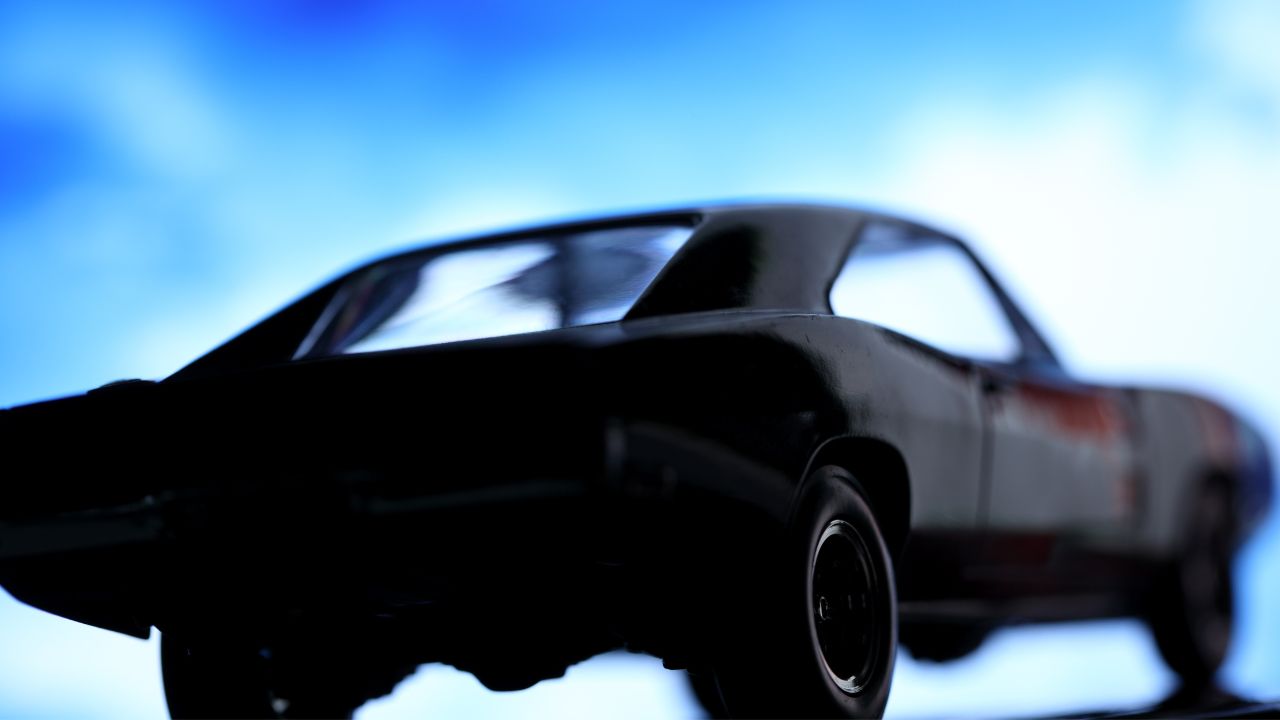
The Dodge Charger 2012 is a heavyweight contender in terms of horsepower. Its Hemi Hemi engine is as powerful and muscular than its street-legal ancestors, but is far more refined. The engine's displacement is 5.7 liters, or 345 cubic inches, and the car has a 120.2-inch wheelbase and a length of 199.9 inches.
Standard 292-horsepower Pentastar V6
The Dodge Charger is five-seat sedan. It has all the features of a muscle car, but it is still a comfortable and spacious vehicle. The standard engine of the Dodge Charger is a 3.6L Pentastar V6 delivering 292 horsepower & 260 pound-feet. The eight-speed automatic transmission allows it to achieve 31 mpg on the highway. The Dodge Charger is also very efficient, thanks to its fuel-saving mechanism, which deactivates four cylinders when there is no load.
A Pentastar V6 of 3.6 liters is paired up with a TorqueFlite eight speed automatic transmission for a smooth, refined ride. The car can reach 60 mph in 6.5 seconds with its standard power output. It can also reach a maximum speed of 154 miles per hour in less than five seconds. The Dodge Charger's standard Pentastar V6 produces 292-horsepower and is a 62% increase over its base 2.7 liter V6.

SRT8's 395-horsepower Pentastar V6
Dodge Charger is an all-size sedan. It comes with three powerful engines. All Chargers are equipped with standard all-wheel drives, but only the SRT8 has an AWD system.
The Dodge Charger SRT8 first saw its engine in 2005. This engine later became the basis for Corvette Super Bee. Although it is a extreme Charger version, the SRT8 doesn't have an engine with a V8. This is a shame, as a Charger SRT8 is a surprisingly powerful car - it can compete with a Corvette in a straight line.
R/T Road & Track's 460-horsepower Pentastar V6
The 2012 Dodge Charger is available in SE, SXT, R/T, SRT8, and R/T Road & Track trim levels. The two most powerful engines in the Dodge Charger are the 3.6L Pentastar V6 or the 5.7L HEMI V8. Dodge's 3.6L Pentastar V6 V6 engine produces 292 horsepower and 260 pounds-feet of torque. Both engines are efficient. Pentastar V6 has a 31 highway mpg rating.
The Dodge Charger was produced from 1966 to 1978, and it was discontinued in 1983. The Dodge Charger was also produced in a second version until 1987. The car was then scrapped for two additional years before being resurrected by the company in 2006. This Charger's second generation comes with the Pentastar engine. The 2012 Charger R/T Road & Track has been completely redesigned for the 2011 model year.

R/T Max's 480-horsepower Pentastar V6
Dodge introduced an 8-speed automatic transmission to the Dodge Charger in 2012. It increased performance and highway fuel efficiency. The Charger also featured Beats by Dr. Dre stereo system and better navigation. But what is the best part about the Charger model? These are the top reasons why you should consider buying a Charger. This vehicle is the perfect match for a family.
The Dodge Charger's new exterior and interior has been designed to have a contemporary feel. The base model features the Chrysler Pentastar V-6 engine that produces 292 horses. HEMI-powered models received an upgrade, and the top SRT8 version got a Pentastar Pentastar engine with 470 horsepower. Garmin Navigation system and WiFi in car were among the new tech features. Driver assistance systems such as blind-spot monitoring and active cruise control were also available.
FAQ
Is it easy to get a job as an automotive mechanic?
Yes, it can be very easy. Garages often advertise their jobs online and people just apply because it seems fun. To get your foot in front of the door, try applying for a few positions to see if any accept student applications. Alternatively, you could ask friends and family if they know anyone who works in the industry. They may be happy to recommend someone.
Is it important which college I go?
It's not true. There's no difference between colleges regarding getting into the automotive industry. There are some schools that offer more specific programs than others.
What are the requirements of an automotive technician?
High school graduation or GED is required with excellent grades in English and math. Additionally, you will need to be proficient in reading and writing. To be allowed to work, you must pass a written and practical test.
What is the difference in a mechanic and an auto technician?
They are both similar, but not identical. Both a mechanic and an automotive technician can repair cars.
A mechanic must possess good manual dexterity, and be able perform simple tasks efficiently. A mechanic must be able diagnose and fix problems quickly and accurately.
A technician in automotive is more technical than a mechanic. They must be able and able to read blueprints as well as use tools like drills or wrenches.
They must also be able to carry out complex procedures safely. They need to be familiar with various types of engines and electrical system.
They must also be capable of understanding how parts interact.
A mechanic typically earns less than an automotive technician. But there are many opportunities for both jobs.
Statistics
- The U.S. Bureau of Labor Statistics (BLS) reports that the job outlook for automotive service technicians and mechanics is expected to decline by 4% from 2019 to 2029. (indeed.com)
- 52% of Mechanics in the United States think their salaries are enough for the cost of living in their area. (indeed.com)
- There were 749,900 jobs available for automotive service technicians and mechanics in 2016, which is expected to grow by six percent through 2026. (jobhero.com)
External Links
How To
How to diagnose your vehicle properly for repair
First, look at the symptoms of your car to determine if it needs repair. Next, you can follow these steps in order to diagnose your car.
-
Check engine lights. Check the dashboard light indicators such as the engine light indicator, the oil pressure gauge, the battery light indicator, the coolant temperature gauge, and the RPM gauge. You may have a problem with your vehicle if any of the indicators are flashing for more than a few days.
-
Examine the treads of the tires. Tires that are worn can cause issues with handling and braking. The treads of the wheels should be inspected as well. They should be clean and smooth. It is best to take off the wheels and remove them. A flashlight can be used to check how worn the treads are.
-
You should always monitor the level brake fluid. Keep track of the brake fluid level in your vehicle. This will ensure that your brakes run smoothly. Low brake fluid levels can cause brake failure when you apply pressure.
-
Make sure to test the suspension system. It is common for vehicles to have a suspension system which absorbs shocks or vibrations. It provides better control and allows smoother acceleration and deceleration. Your vehicle might feel wobbly, or shake uncontrollably if it has a bad suspension. To determine whether your vehicle may have a suspension issue, you can try to put weight on the rear or front axle and watch the movement.
-
Take a look at the steering column. Steering columns connect the steering wheels to other parts of the vehicle. Steering columns can be damaged by accidents. Replace it if your steering column feels loose or unsteady.
-
The exhaust pipe should be observed. The exhaust pipes are responsible for moving gases from the combustion chamber into the atmosphere. If your exhaust pipe leaks or cracks, it will allow harmful fumes into your cabin. It is also important to repair any bends in your tailpipe immediately.
-
Take a look under your hood. Take a look underneath the hood to find any strange or unusual items. Your engine could be leaking fluids. You should also contact a professional technician if there is an unusual odor coming from the engine compartment.
-
The air filter should be checked. Your vehicle's air filter collects dust and debris from the outside environment. Dirty air filters can cause your vehicle to run poorly. Replace your air filter regularly.
-
Check the fan belt. The fan belt that connects your vehicle to the transmission is called the engine fan belt. The engine will not turn if the fan belt breaks. It is easy to replace the belt. All you need is a screwdriver and some pliers.
-
Check the radiator hose and hoses. The radiator hose transports water from radiator to engine. It can cause hot liquid to leak onto the engine if it is damaged or cracked. To repair the hose, you will only need to use a pair needle-nosepliers and a wire brush.
-
You should inspect the windshield wipers. Windshield wipers use electricity to remove snow and rain. They can leave streaks on your windows glass if they stop working. To fix the problem, simply change the washer fluid.
-
Check the battery cables. Your car's electrical system is powered by batteries. Always disconnect the negative wire before you replace batteries. Failure to do so can damage your alternator.
-
Be sure to check your headlights. Headlights illuminate the road ahead of you. Poor visibility can result if the headlights don't function properly. To determine if your bulbs are out of date, check them.
-
Always check your lights. Lights warn other drivers when you approach them at night. You could be distracted and cause an accident if one does not work.
-
You should inspect your brakes. Brakes slow down your vehicle before a collision. If your brakes aren't working properly, you may lose control and crash into other cars.
-
Change your oil. Keep your engine lubricated with oil. It protects metal parts and prevents them from wearing too quickly. It is recommended to change the oil once a month.